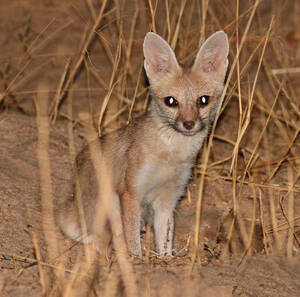
Pale Fox (scientific name: Vulpes pallida) is also known as Pale Fox in foreign languages. There are 5 subspecies.Pale Fox is mainly active at night. It is a social animal, usually living in a small family group consisting of a pair of adult males and females and their children. They like to dig hol...
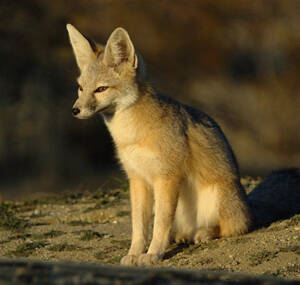
Kit Fox (scientific name: Vulpes macrotis), also known as Kit Fox and Desert Fox, is one of the smallest foxes in America, with no subspecies.Kit Fox likes to build dens in places with loose soil. Spend most of their time in dens, digging their own burrows or using those of prairie dogs, other roden...

Cape fox (scientific name: Vulpes chama) is also known as Cape Fox, and has no subspecies.Cape foxes are mainly nocturnal, although cubs play outside the cave during the day. The species forages alone or in pairs. Cape foxes are not very territorial, with overlapping ranges that vary from 1.0-4.6 sq...
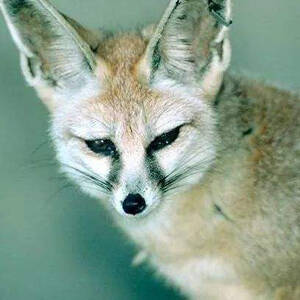
Afghan fox (scientific name: Vulpes cana) is also known as Blanford's Fox, and has no subspecies.Strictly speaking, the Afghan fox is a nocturnal animal and a solitary hunter. Most of the time, the Afghan fox hunts alone. Even mating pairs tend to forage independently. There is no seasonal varia...
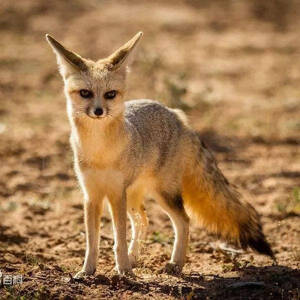
Bengal fox (scientific name: Vulpes bengalensis) is also known as Bengal Fox, Indian Fox, and has no subspecies.The preferred habitat of the Bengal fox is small open grasslands and thorny bushes, and they seem to avoid steep mountains and endless grasslands. Recent research reports show that the Ben...
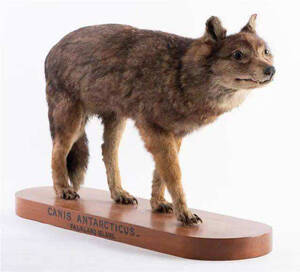
The Falkland Islands Wolf (scientific name: Dusicyon australis) is a species of Canidae that became extinct in 1876 (on West Falkland Island). The closest relative is the South American gray fox that lives in Patagonia, Argentina, which was also introduced to the Falkland Islands in modern times.Bef...
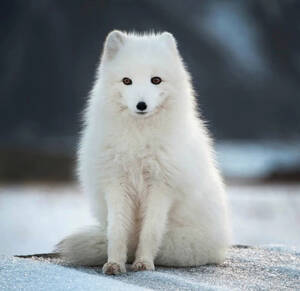
Arctic fox (scientific name: Vulpes lagopus) is called Arctic Fox in foreign language. There are 4 subspecies. In addition, Arctic foxes can be divided into two categories according to their fur color. There are also some artificially bred varieties.Arctic foxes can migrate long distances and have s...

The clouded leopard is called Clouded Leopard in English, and there are 3 subspecies. Because the length of its 4 canine teeth can reach 4-7 cm, which is very similar to the terrifying fangs of the extinct saber-toothed tiger subfamily, it is called the "small saber-toothed tiger". If the...

The Asiatic Golden Cat is a medium-sized cat with three subspecies.Except for the breeding season, golden cats generally live alone and are nocturnal. They are more active at dawn and dusk. They live in tree caves during the day and move on the ground at night. They are agile and good at climbing, b...

Fishing cats are slightly larger than domestic cats, with shorter tails, about half the length of their bodies.Fishing cats and leopard cats both belong to the genus Leopard Cat, and they are closely related. Their body markings have many similarities, so people often mistake fishing cats for leopar...
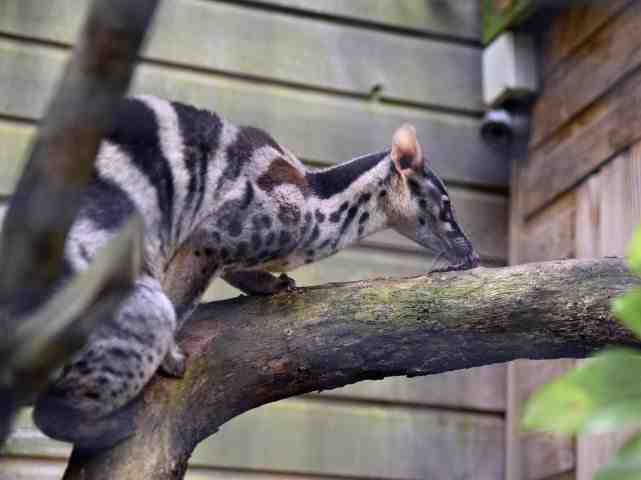
The Owston’s Palm Civet is a large terrestrial civet with no subspecies. It is very similar in appearance to its other relative, the Banded Palm Civet Hemigalus derbyanus. The only difference to the naked eye is the spots on the neck and limbs, but in fact the Owston’s Palm Civet has a narrower, e...

The Jianzhou cat is a domesticated cat named after the city of Jianzhou (now Jianyang City, Sichuan Province). It is tall and strong, very agile, and is a particularly good hunter. It is raised in large numbers in rural areas and is mainly used to catch mice. During the Ming and Qing dynasties, it w...

The Chinese native dog is one of the oldest dog breeds in China and was once honored as the "national dog".The Chinese native dog has a relatively docile personality, is not likely to actively attack humans, can live in groups, has a strong regionality, is easy to raise, is highly loyal, a...